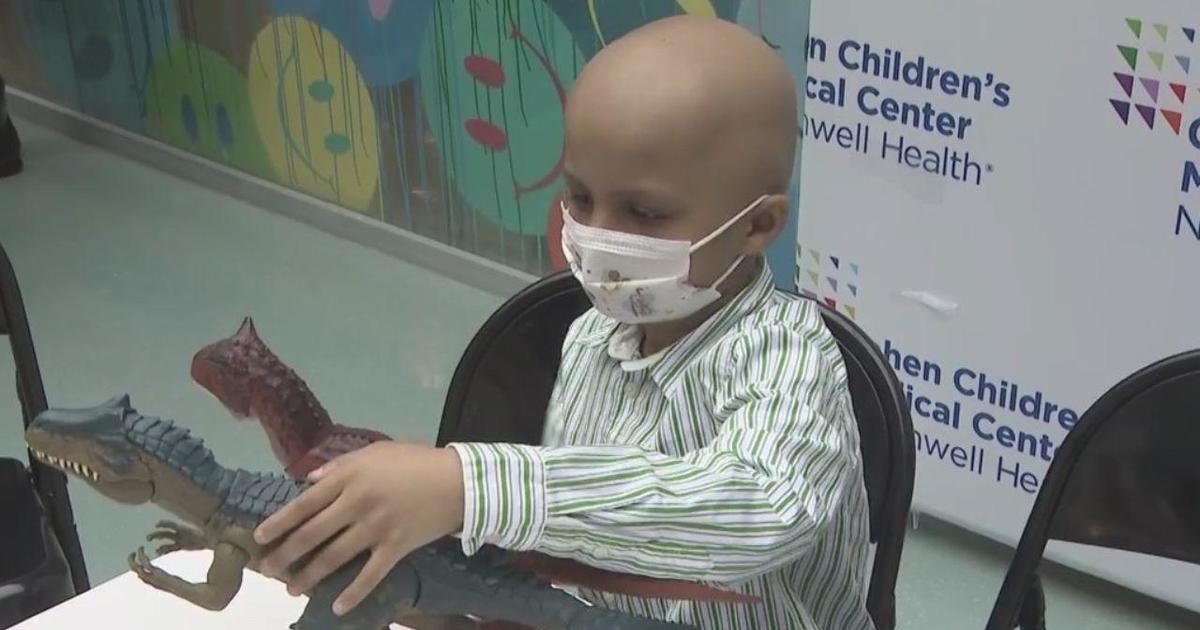Injury Breakdown: Analyzing The Elbow
by Abby Sims
Weather moving in and May upon us, tennis and golf elbow will undoubtedly re-emerge as the big injuries of the summer recreational sports season. Both are common and both are preventable.
What is Tennis Elbow?
Tennis elbow is an overuse injury and, like other such injuries, is a result of placing too much demand on muscles and tendons that are not equipped to handle the stress.
Lateral Epicondylitis is the technical name for tennis elbow. The literal definition is that there is an inflammation ("itis") at the tendons attaching to the bony prominence at the outer (lateral) region of the elbow (the epicondyle). The lateral epicondyle is on the thumb side of the elbow when your palm is facing forward. The tendons that attach to it are those that connect the muscles that extend the wrist and fingers to the bone. Though transient symptoms are generally due to a simple extensor tendonitis (Iinflamed tendon), persistent cases of tennis elbow are generally a result of a degenerated or torn tendon (tendinosis). One tendon in particular is usually the culprit, and that is the extensor carpi radialiis brevis tendon (known as the ECRB).
What Contributes to Tennis Elbow?
First off, you don't have to play tennis to join the club. Any repetitive stress that entails use of the wrist and finger extensors can lead to their overuse and subsequent inflammation. If those tissues are not sufficiently strong or flexible it takes less demand to overdo it. If you begin a new activity or resume playing a sport after a layoff due to injury or seasonal abstinence, it is important to establish a foundation of strength and flexibility that will prepare you to compete safely. In addition, it is best to ease into the season by ramping up your playing time gradually.
There are other factors besides strength and flexibility that can come into play for tennis buffs looking to prevent lateral epicondylitis. First, consult a pro to help you choose your racquet. Many pros recommend that you spend the extra money to string your racquet with gut, which is softer and more forgiving than some of the synthetics. Just as with the wrong strings, a racquet that is too long, too rigid or too light, or one that has the wrong grip size (generally too small) or is strung too tightly will increase the vibrations that travel up through the hand and arm putting a player at greater risk of injury.
Poor stroke mechanics are another big reason that recreational tennis players suffer from tennis elbow. This is particularly true for those who have a wristy backhand or who maintain a rigid forearm and don't follow-through properly on their backhands. Hitting the ball in the sweet spot of the racquet is also a key to minimizing the vibrations that otherwise place excessive stress on the muscles and tendons. Taking some lessons to perfect your form can go a long way toward helping to prevent unnecessary demands on your body.
Do Tennis Pros Get Tennis Elbow?
The answer to this question isn't as simple as you might think. Though there have certainly been instances of high-level competitors suffering from lateral epicondylits, it isn't common amongst tennis pros. In spite of the concentration of time they spend on the court, with their excellent conditioning, ongoing coaching and optimal equipment, tennis elbow is not nearly as prevalent in the pro ranks as in the recreational population.
The big however is that pro tennis players are more likely to suffer from Golf Elbow than Tennis Elbow. This is largely due to the extraordinary spin that many put on the ball when serving or even in their groundstrokes. This places undue stress on the opposite side of the forearm.
What is Golf Elbow?
Basically, golf elbow is the opposite of tennis elbow – it is tendonitis or tendinosis of the wrist or finger flexor tendons and an inflammation at their attachment to the inner (medial) epicondyle at the elbow (on the pinky side of the elbow with the palm facing forward). Thus it is also referred to as medial epicondylitis.
Like tennis elbow for recreational tennis players, weekend hackers may wind up with golf elbow because of a lack of conditioning, excessive play, unforgiving or poorly fitted equipment as well as poor form. An incorrect grip or swing is often at fault.
As for tennis elbow, you don't have to play the game to suffer the injury. Any repetitive activity that causes excess demand on the involved tissues can result in their overuse and subsequent inflammation or breakdown. Home improvement projects that involve hammering or painting, keyboarding for the office worker or even the throwing motion in overhead sports can cause golf elbow. The latter is again why elite tennis players may suffer this ailment – the serve and overhead strokes being the culprits.
Treatment
Anti-inflammatory medication, ice and cross friction massage can treat the inflammation, and stretching the involved muscles and tendons is also very important. It is crucial to strengthen the muscles as well but only in a progressive manner that does not provoke any discomfort or pain. It is also generally helpful to wear a brace designed to lessen the stress to the involved tissues with routine activity. Of course, it is important to minimize the ongoing stress to the area by limiting or refraining from the offending activities while rehabilitating. Rest alone is never the answer though, as it will result in further deconditioning of the muscles, leading to recurrent injury once activity is resumed.
Cortisone injections are often used to treat tennis and golf elbow, though they should not be a first resort. Injections do address the inflammation though they do not impact the cause of the condition. Without restoring normal joint range of motion and muscle flexibility and strength to the forearm, wrist and hand, the condition is likely to return. Cortisone combined with other restorative treatments is more beneficial, though it is best to first approach care more conservatively to see if injection can be avoided.
A variety of newer treatments are in use now and their effectiveness is yet to be fully evaluated. These include PRP (platelet rich plasma therapy), Prolotherapy and Shock Wave Therapy (all of which were detailed in a prior blog entry on Joakim Noah and plantar fasciitis).
Surgery is a last resort and is generally only used in instances of tears common to more chronic conditions or in the instance of a traumatic tear from a violent and sudden cause of injury.
______________________________________________________________________________
Abby Sims is an orthopedic and sports physical therapist who has been in private practice in NYC for the past 30 years (you may be familiar with her husband, sportscaster & WFAN alum Dave Sims). Abby has a Masters of Science in Physical Therapy from Duke University and has extensive experience working with professional, collegiate and recreational athletes with musculoskeletal injuries – both non-operative and operative. She has also enjoyed lecturing at many medical conferences. Abby looks forward to responding to your questions or writing about topics that you suggest. For more information about Abby, or her practice, please check out www.RecoveryPT.com as well as www.AthletiSense.com.



